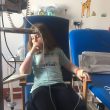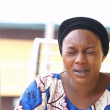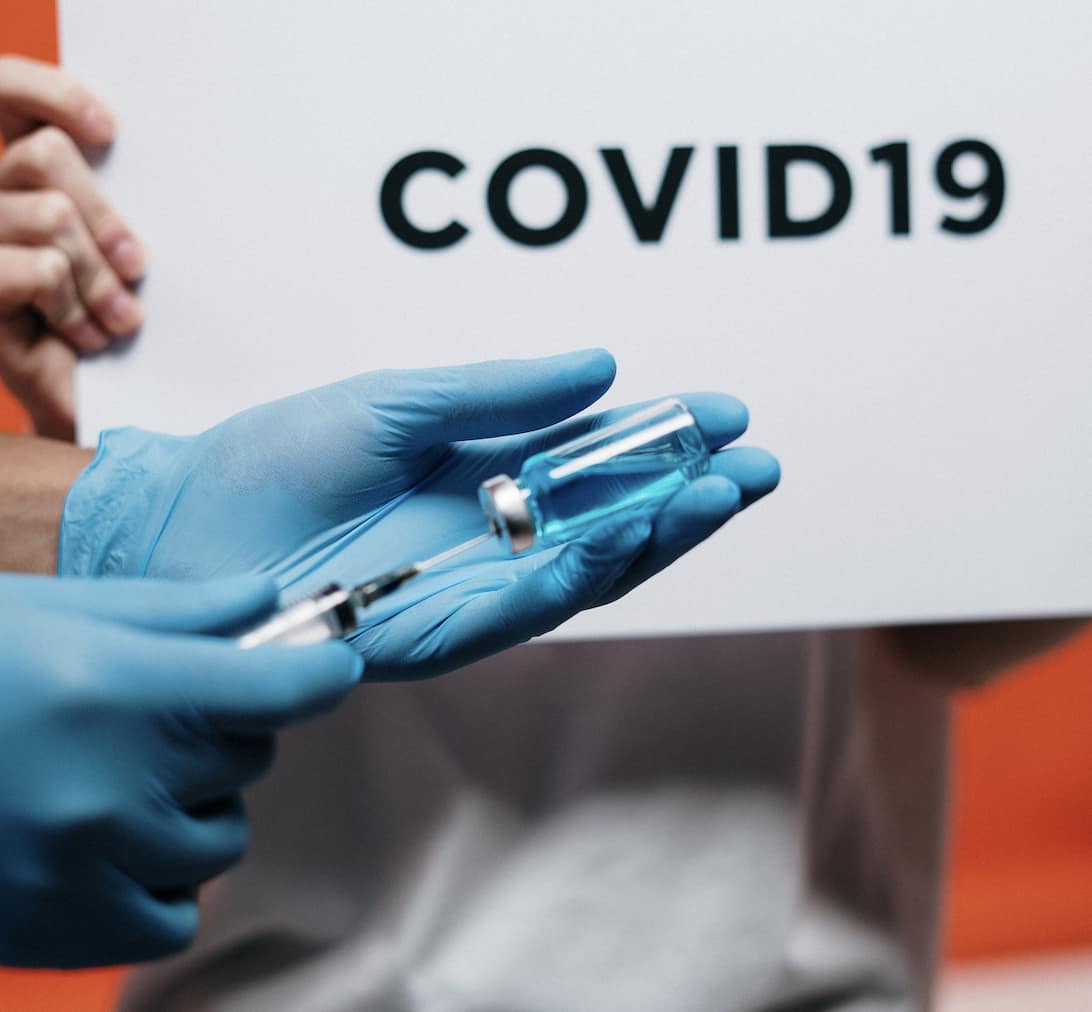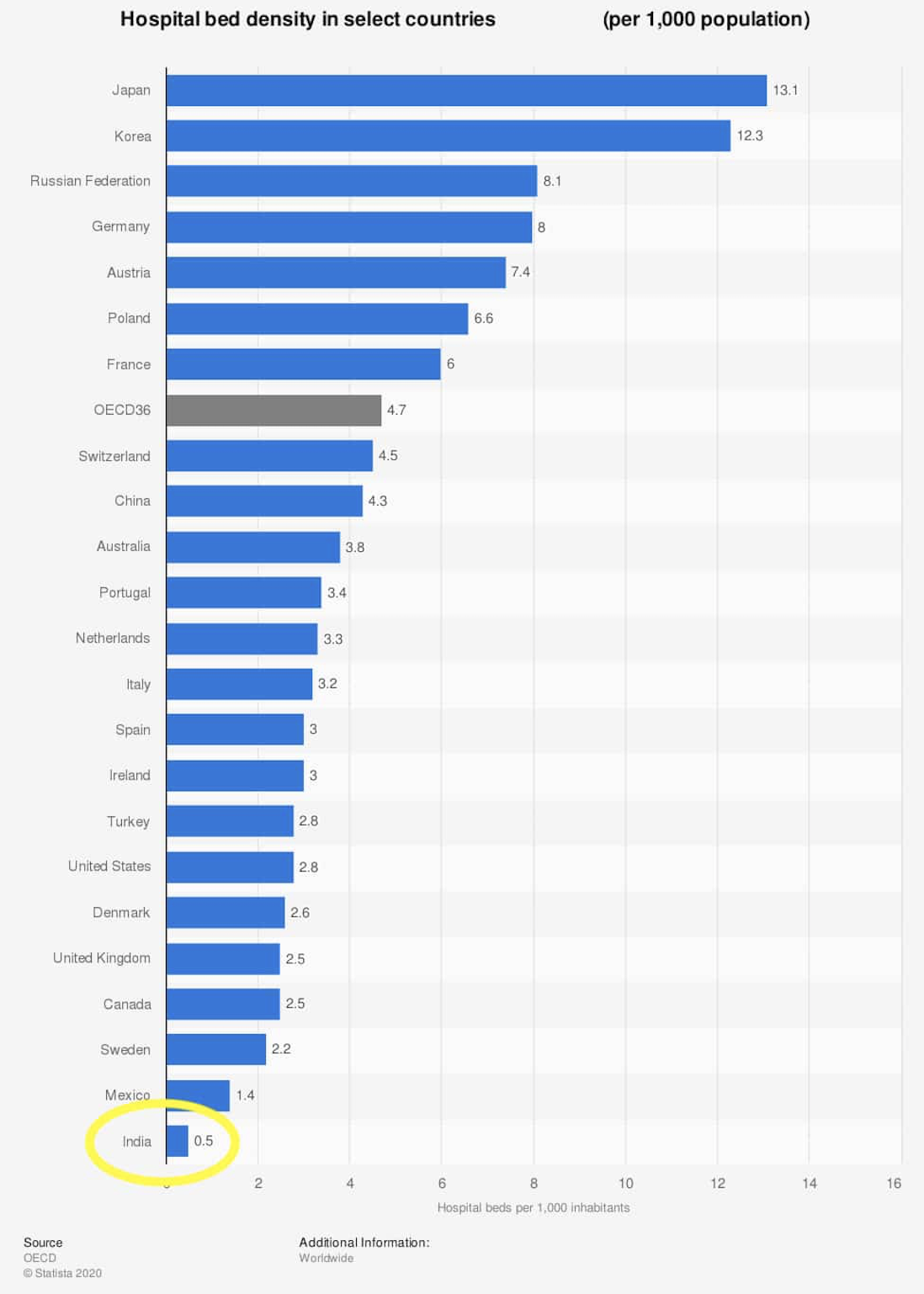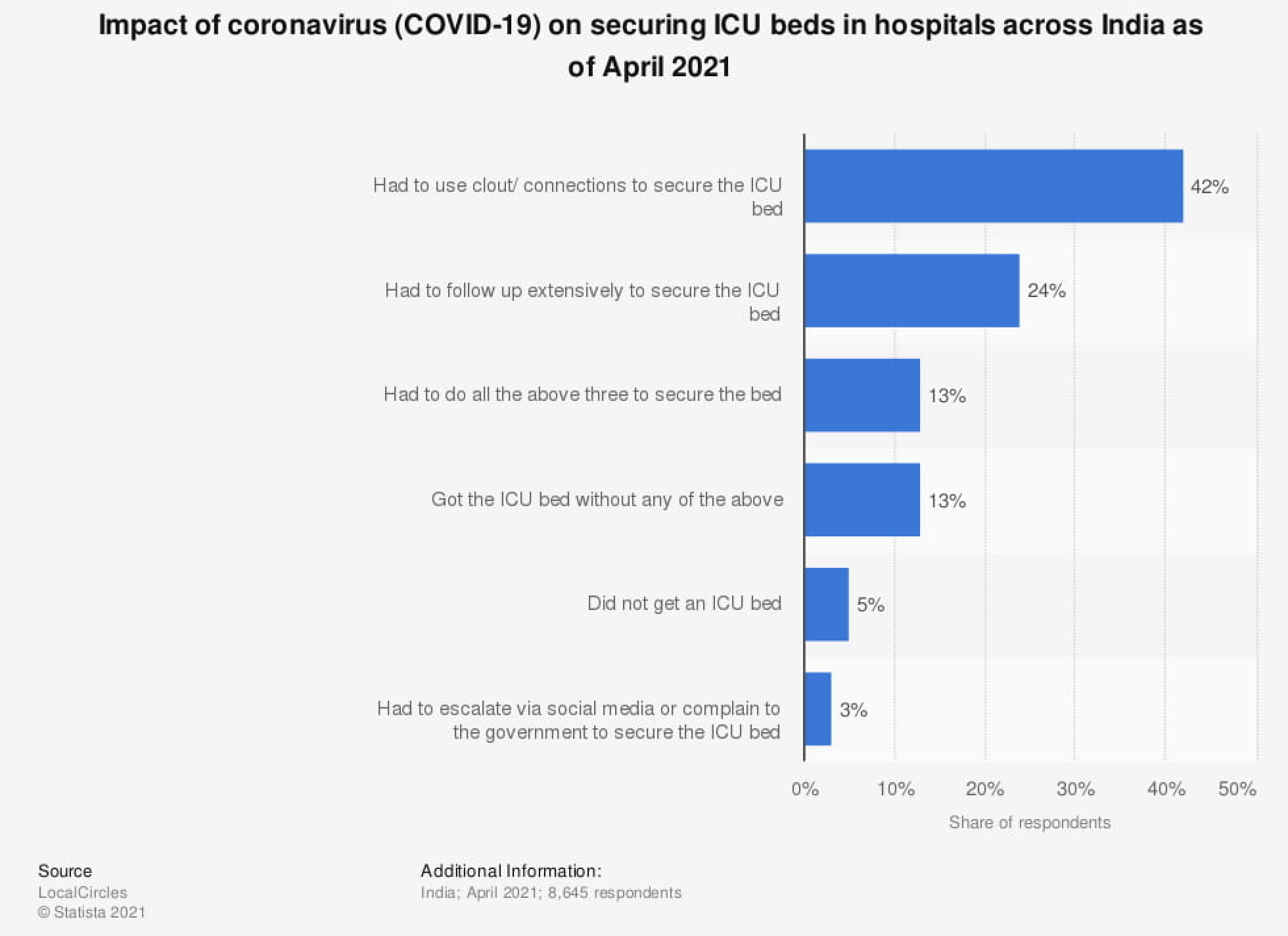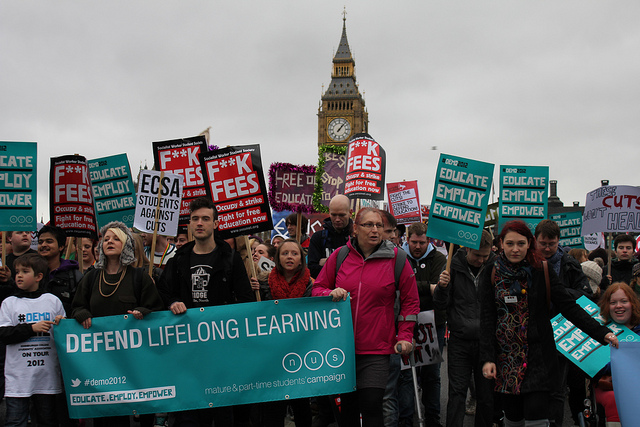India is home to the world’s largest vaccine manufacturer but has access to enough vaccines to only vaccinate 10% of its population. With the COVID-19 crisis in India seemingly out of control, calls to stop the “vaccine divide” between countries have become louder than ever.
The Serum Institute of India (SII), the world’s largest vaccine producer, is producing most Oxford-AstraZeneca vaccine doses directly in India. Here, the vaccine is known as ‘Covishield’. The SII claims to produce more than 60 million doses every month. According to government data, India has shipped over 65 million doses overseas since January, easily enough to vaccinate the whole of Delhi, Mumbai, and Kolkata.
With the beginning of the second wave in late March 2021, India temporarily halted all Oxford-AstraZeneca/Covishield vaccine shipments. The government stated that rising cases meant domestic demand would pick up, and therefore the doses were needed for India’s own rollout. This caused a big upset for the other countries waiting for previously agreed on vaccine shipments, increasing the pressure on India to distribute more doses. The EU, for example, has now decided not to extend the vaccine contract with AstraZeneca as it has not been able to fulfil delivery promises.
Vaccinations in India
Dr Solati Rahul Reddy, MD for Internal Medicine, works in a hospital in the Southern Indian State of Telangana. Dr Reddy said that India is desperately in need of vaccines.
If everyone is vaccianted, we can easily break the chain by September and then India will be in safe hands again.”
As of May 8, 2021, India has administered over 169 million coronavirus vaccine doses. While this number seems very large, when brought into perspective with India’s 1.3 billion inhabitants, this means only 10% of India’s population has received a single dose of the vaccine, while merely 2.6% of Indians having received both doses.
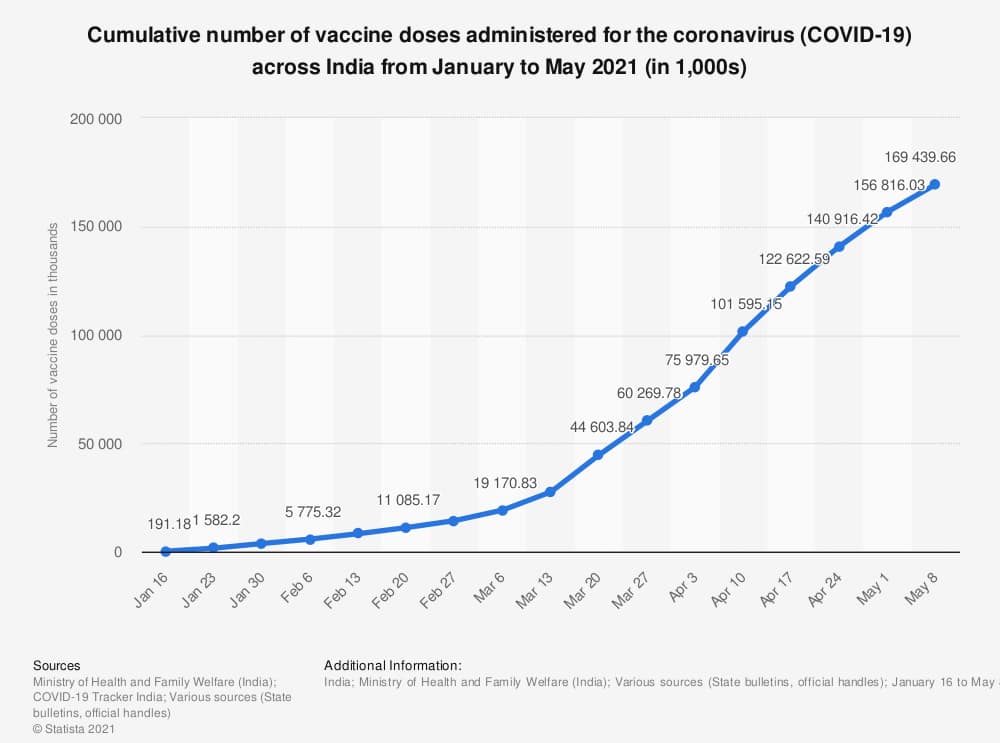
Mr Mokshithnath Reddy Pyla, a frontend developer from Hyderabad, has registered for the vaccine but has yet to be invited for an appointment.
I just want to get vaccinated as soon as possible. But the state that I live in has a vaccine shortage. India has been in Phase 3 of the vaccination timeline since May 1st. Citizens above 18 can register for the vaccine, but we are all still waiting!”
Deficiencies in vaccine stocks have ultimately resulted in a shift in responsibility, with vaccine makers in the crosshairs. The Serum Institute of India, and Bharat Biotech, the Hyderabad-based pharmaceutical corporation that produces ‘Covaxin’, has been plagued with questions about vaccine costs, production capability, and distribution supplies.
AstraZeneca promotes their vaccine as “Made for the World“, a statement that was seen by many as hypercritical like India for example, a vaccine-producing country still has insufficient quantities.
Especially anger is felt by Indians across the world. Mr Rachit Sharma, a psychology student from India but living in Germany, said that he does not understand why the working class is not the first to be vaccinated.
Why would you not vaccinate your working class? These are the people who earn the money and move forward the economy. This is just a divide between rich and poor.”
The Indian government requested just 21 million doses of Covishield from the Serum Institute at the end of February, according to Adar Poonawalla, CEO of the SII, but did not say when or whether it would order more. When infections began to rise in March, an additional 110 million doses were suddenly requested, leaving the SII overwhelmed.
After much criticism of their vaccine distribution, AstraZeneca has released a statement promising to help India to overcome this second wave. The company announced to provide USD 1 million in humanitarian assistance to help relief efforts in India and other countries affected by the pandemic around the world. This involves directing USD 250,000 to Direct Aid to help with relief operations in India, such as the supply of oxygen concentrators, medications, other equipment, and personal protective equipment (PPE).
The pressure on the government to grant emergency permits for vaccinations has increased. Sputnik V, a Russian vaccine, is the newest one to become available; however, there are no supplies yet. This means that now three vaccination brands are authorized in India: Covishield, Covaxin, and Sputnik V.
The Second Wave
India has been suffering under their second COVID-19 wave for a few weeks now. An all-time high of 400,000 new cases in one day was reached, a sad benchmark no other country surpassed until now. With only 0.5 hospital beds available per 1000 people, India’s hospitals are packed.
Dr Reddy said that doctors have been working around the clock as the patient load is so heavy, and there are not enough doctors to take care of everyone.
We are working 18-20 hours a day. We have at least 20 deaths a day in this hospital alone. We need oxygen, we need more ICU beds. We are short-staffed and exhausted.”
There have been nearly 23 million confirmed positive COVID-19 cases in India, with over 250,000 confirmed deaths. The unconfirmed numbers are thought to be extremely high, especially as only very few people with the virus make it to a hospital to be diagnosed.
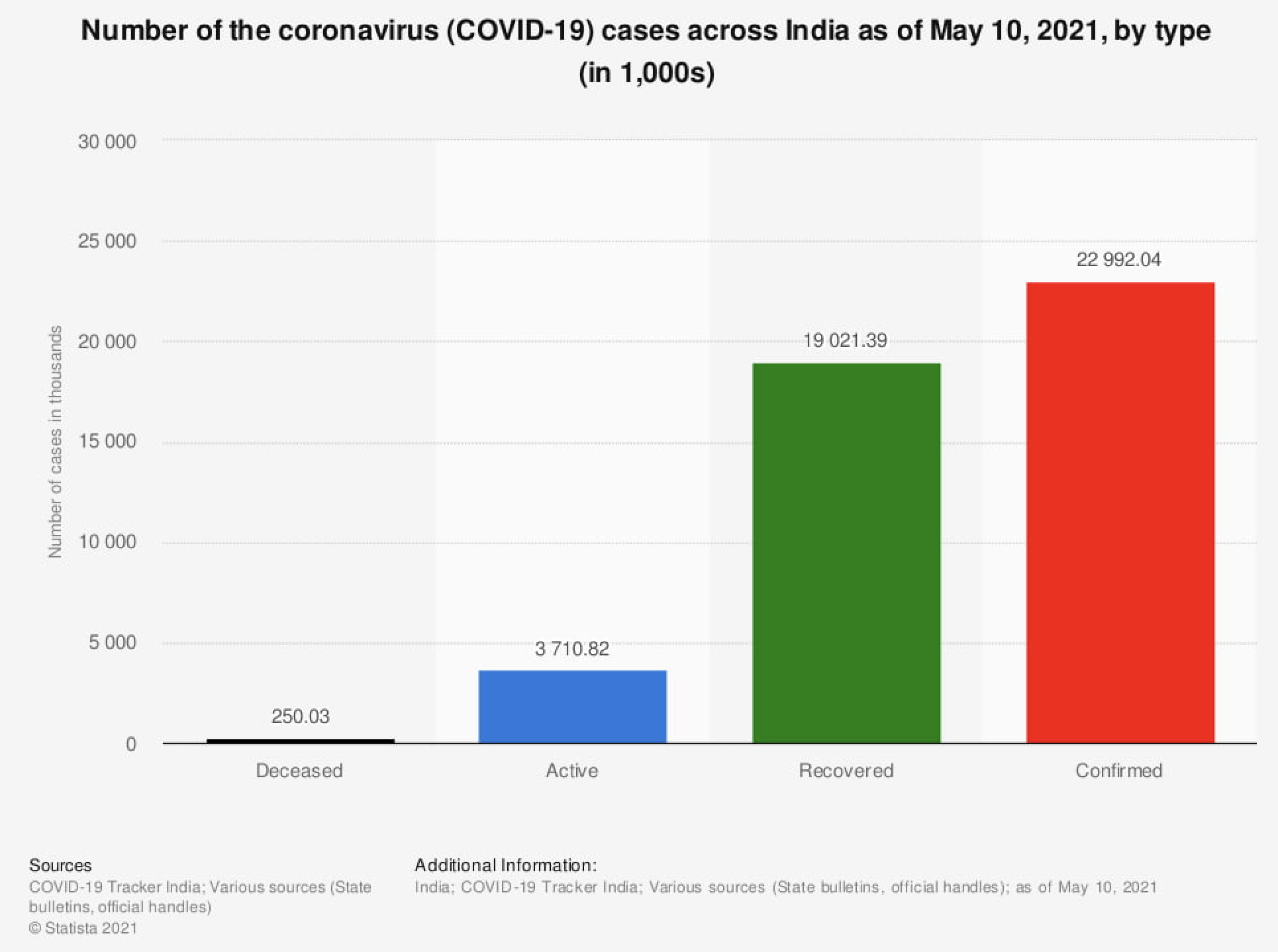
Dr Reddy has said that he believes the second wave has become so uncontrollable because there has been no successful communication to the public to “tell people to stay home and not wait in big groups outside hospitals for oxygen and medical help.”
How do you tell a child to stay home with their dying parents and just wait for help? They know very well help will not come on time. There is no other option for them than to walk to the hospital and beg, with hundreds of thousands of others.”
After the first wave, India seemed to recover very well. Mr Pyla stated that a mutual feeling of “this virus isn’t going anywhere anytime soon. So we might as well learn to live with it” seemed to spread across the country. He met up weekly with his friends in large groups. But one day, one of his friends told him his family had fallen sick with coronavirus. Within a few weeks, the mother passed away, and the father remained unable to perform simple everyday tasks. Suddenly, Mr Pyla said, the virus was very close.
Until this tragedy, I was under the impression that even if I did get [coronavirus], I would recover from it and it would not be an issue. But if me catching the virus meant losing someone who I contracted it to, I would be devastated.”
India has a long way until it overcomes the second wave of coronavirus. With more domestic vaccinations, however, the devastating case numbers should sink over the next few months.
The Serum Institute of India and Ministry of Health and Family Welfare, Government of India, were contacted for a statement but have yet to respond.



